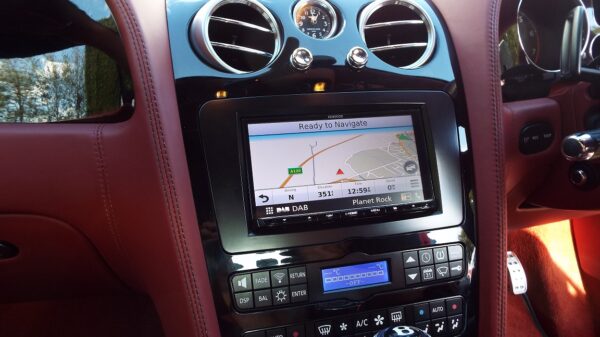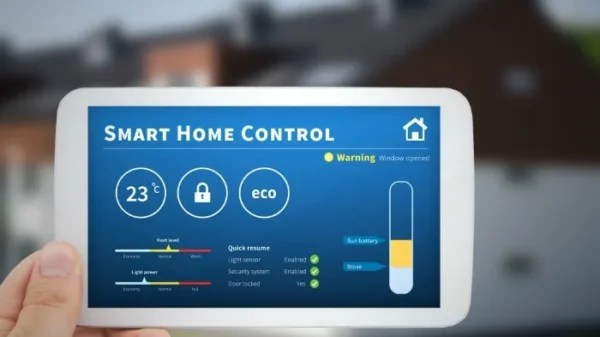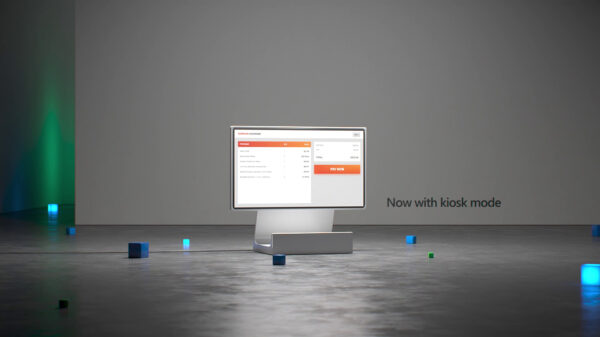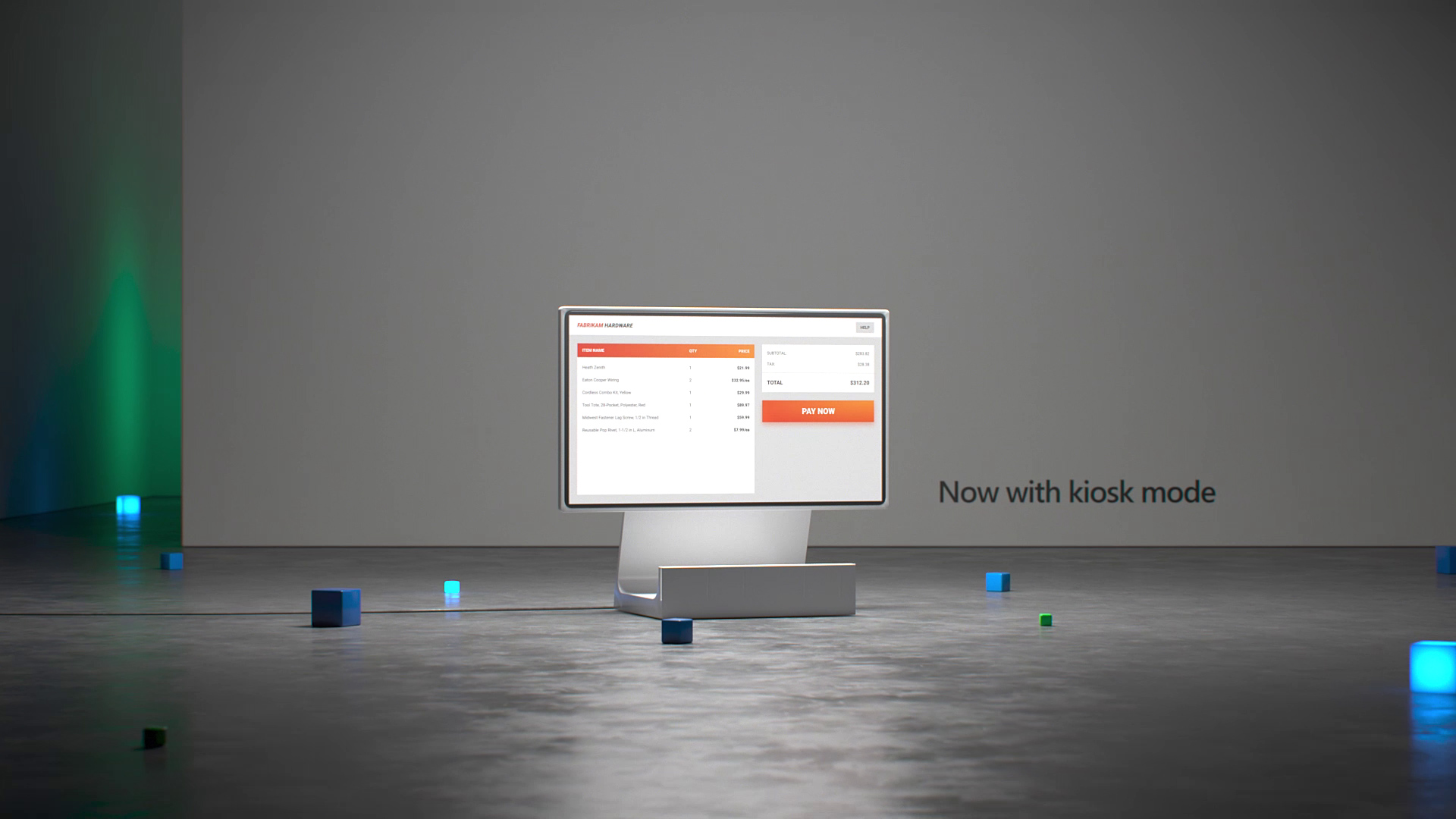Prerequisites for enabling Android Kiosk mode
To allow Kiosk mode on Android devices such as tablets, mobile devices, and Android TVs using the Android Kiosk software, users must make sure that the following prerequisites are met:
- Samsung devices are running OS 4.0 and above
- Android devices running OS 5.0 and above are registered as the device owner. It can be done using different admin enrolment methods
Single-app kiosk mode
In single-app kiosk mode, a device is configured for a single application which means that the device is configured to run a specific app either from the Microsoft Store (Windows), AppStore (iOS), or Play Store (Android). It is quite normal for businesses to set a browser app, like Chrome or Firefox, in a single-app kiosk mode. However, devices may also be configured to run a business’ privately developed app.
Technically, single app kiosk mode does not let end-users access other apps on the device and they also cannot exit the app, thus making it a dedicated device for that specific app. This is usually configured by the IT admin and can only be locked and unlocked by them.
Devices in single-app kiosk mode are usually used as digital signage, mobile POS systems, airport web kiosk browsers, service kiosks in the hospitality industry, and ticket booking kiosks.
Multi-app kiosk mode
Multi-app kiosk mode lets devices access multiple applications. End-users can operate between multiple apps (or access device settings) in a controlled environment that is configured by the IT admin. The apps that are allowed are also predefined or preconfigured. Therefore, end-users can only access the ones allowed by the company.
This type of configuration is generally used by businesses that need two or more apps to function at the same time, or when end-users need to access some of the device settings.
Devices in multi-app kiosk mode are generally used in the service industry, for educational purposes, or they are used by delivery and manufacturing companies.





















































You must be logged in to post a comment Login